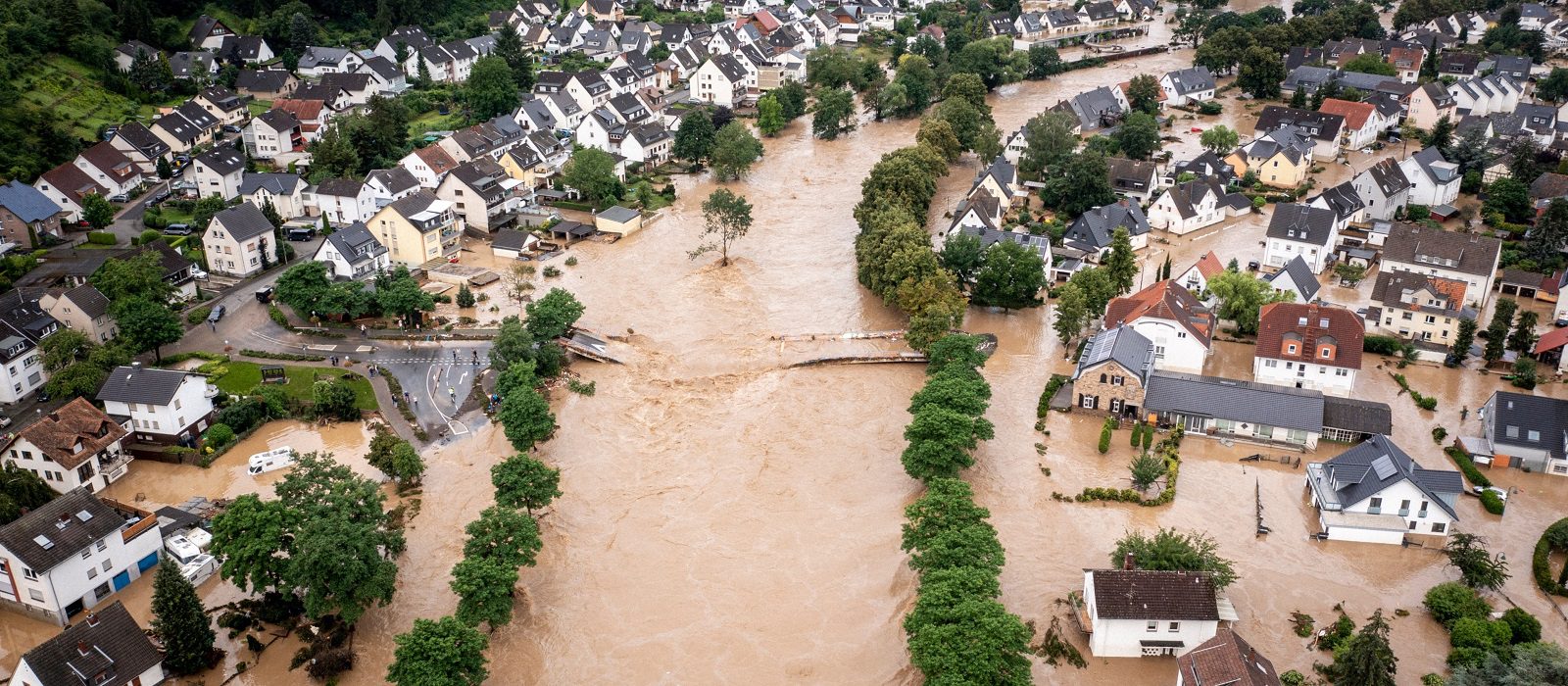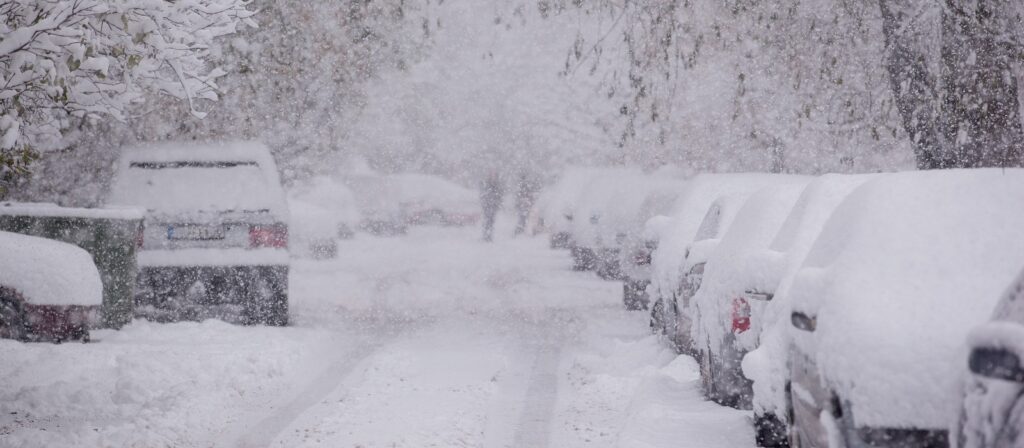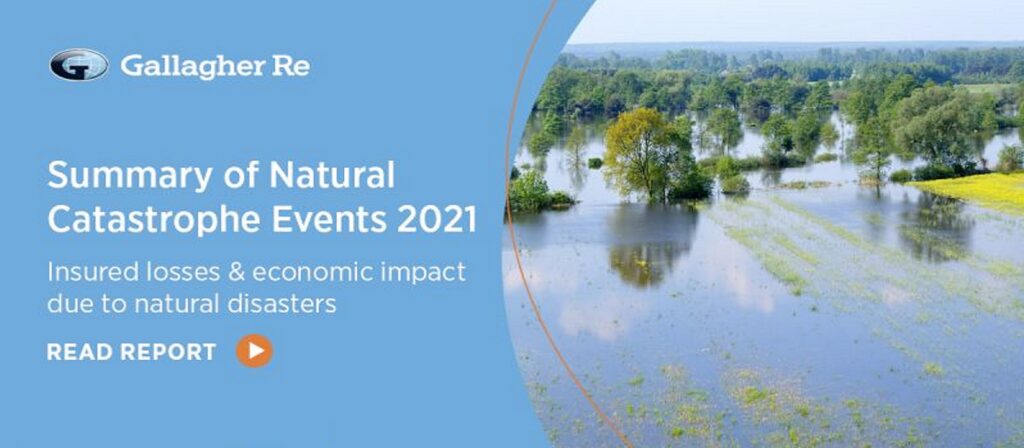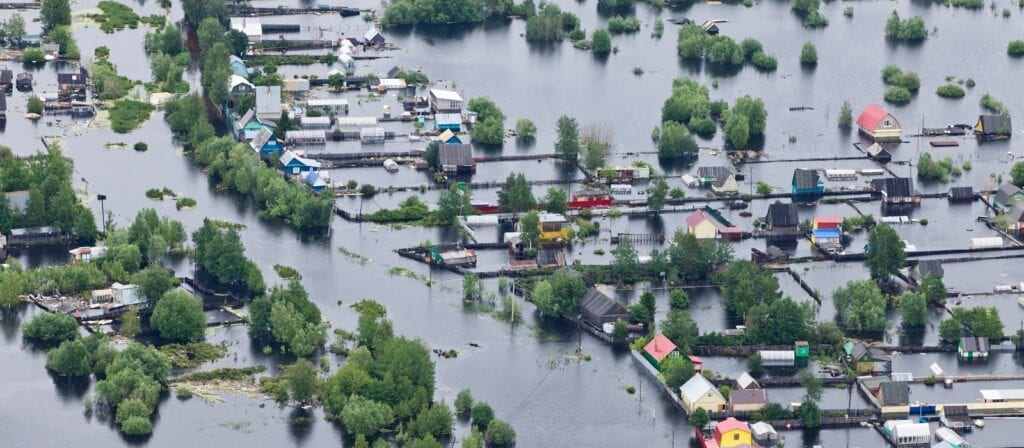Last year, global economic losses from floods amounted to USD 82 billion, yet insured losses stood at slightly more than USD 20 billion, indicating a large protection gap. In 2021, floods accounted for 31% of global economic losses from natural catastrophes, only 2% less than tropical cyclones, according to Swiss Re Institute’s latest sigma report, “Natural catastrophes in 2021: the flood gates are open.”
Natural catastrophes in 2021 resulted in a total global economic loss of USD 270 billion and insured losses of USD 111 billion, the fourth highest on sigma records. This continues the long-term trend of insured losses increasing by an average of 5-7% annually worldwide. While Hurricane Ida was the costliest single natural disaster in 2021, secondary peril events once again accounted for the majority of insured losses from natural catastrophes over the year. The flooding in Europe in July, for example, was the costliest natural disaster on record in the region. Despite record-level insured losses from floods, the associated global protection gap remains large.
Floods affect nearly a third of the world population, more than any other peril. In 2021 alone, we witnessed more than 50 severe flood events across the world,” said Martin Bertogg, Head of Catastrophe Perils at ICMIF Supporting Member Swiss Re. “Given the scale of devastation, flood risk deserves the same attention and risk assessment rigour as primary perils such as hurricanes.”
Flood losses will keep increasing with climate change and urbanisation
Climate change is anticipated to cause more frequent and more extreme weather events. Growing populations, rapid urban development and the accumulation of economic wealth in disaster-prone areas are contributing to the ever-growing catastrophe losses. 2021 was another year of intense natural catastrophe activity, including devastating floods in Europe, China, the US, and other parts of the world. Already in the first quarter of 2022, major flooding in eastern Australia has caused widespread devastation and substantial insured losses.
“Growing losses from floods are becoming ever more apparent,” said Jérôme Jean Haegeli, Swiss Re’s Group Chief Economist. “Last year we had another wake-up call. There is a growing urgency for action to increase the resilience of societies worldwide. Together with the public sector, re/insurers are well equipped to steer development away from high-risk areas and invest in protective measures such as green infrastructure. This keeps assets insurable while also improving the growth outlook.”
sigma records show that flooding is by far the most frequently occurring natural peril. In the past decade, there were approximately three times as many major flood events as tropical cyclones. Floods were also causing more than a third of all fatalities related to natural catastrophes. Economic losses from floods amounted to 23%, the second highest after tropical cyclones.
Yet Swiss Re Institute finds that over the past decade, only 5% of severe flood losses were insured in emerging markets and 34% in advanced economies, indicating a large global protection gap. The largest gap in flood protection is in Asia, with only 7% of economic losses being covered by insurance. By contrast, in Europe 34% of flood losses are insured.
The English version of the sigma 1/2022, “Natural catastrophes in 2021: the flood gates are open”, is available in electronic format. You can download it here: https://www.swissre.com/institute/research/sigma-research/sigma-2022-01.html






